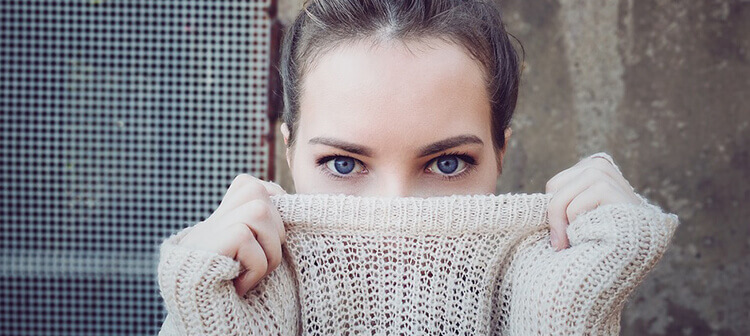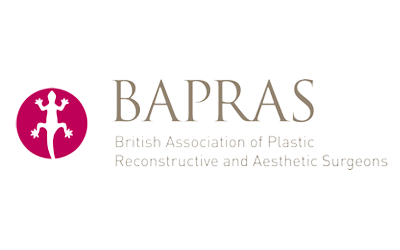Often believed to be a result of not sleeping well, dark circles are in fact often determined by genetics.
While burning the candle at both ends won’t help your dark circles, you shouldn’t worry about the odd late night. If you are genetically predisposed to dark circles, it won’t matter how much sleep you get.
Why do we get dark circles?
The skin under our eyes is some of the thinnest on our bodies, meaning blood vessels show more clearly here than elsewhere. The periorbital skin is around 0.5mm thick, compared to 2mm on the rest of our body.
As we age, skin loses its elasticity, meaning it becomes even thinner. As a result, no matter how much sleep we get, dark circles naturally become more prominent the older we get.
Those with darker skin may also suffer from a condition called periorbital melanosis – essentially hyperpigmentation – which causes an increased level of melanin production under the eyes, making the area appear darker.
Periorbital puffiness – essentially eye bags – is also often associated with dark circles. While age is a factor in under-eye puffiness, a build up of fluid caused by allergies, illness or even excess salt consumption can all contribute. If there is an increase of fluid under the eyes, the blood vessels will be forced closer to the surface of the skin, making dark circles appear more prominent.
If eye bags or puffiness are a real concern, blepharoplasty will be beneficial to remove excess skin, fat and muscle from the eye area, freshening the look of your eyes. Blepharoplasty – or eyelid surgery – can be combined with other facial procedures such as a brow lift or face lift for optimum results.
What’s the best way to treat dark circles?
While keeping the skin under your eyes hydrated is key, you can treat dark circles.
Your first step should be a hydrating eye cream applied under the eyes morning and night. A good concealer is also a must to disguise under eye shadows and brighten the area. Look for a lightweight formula which won’t drag the delicate skin. Light-reflecting particles will further brighten your eyes, reducing the appearance of dark circles.
Set your under-eye concealer with a dusting of loose powder to prevent slippage and creasing throughout the day.
If concealing make up isn’t enough and your dark circles are still troubling you, we have two new exciting treatments for the undereye area.
Described as ‘innovative’ by Vogue, LightEyes Ultra is a revolutionary injectable to brighten up the undereye area. It contains a cocktail of ingredients which boost microcirculation and skin elasticity, whilst improving puffiness, and dark circles.
However, if you’re suffering from mild under-eye hollows, poor skin quality, dehydration, and loss of collagen, then Polynucleotides Treatment is a regenerative approach to eye ageing.
If you’re concerned by under-eye dark circles, puffiness or eye bags and you;d like further information on the treatments available to treat these concerns, get in touch with us at the clinic and we’ll be more than happy to discuss the right course of treatment for you.
















